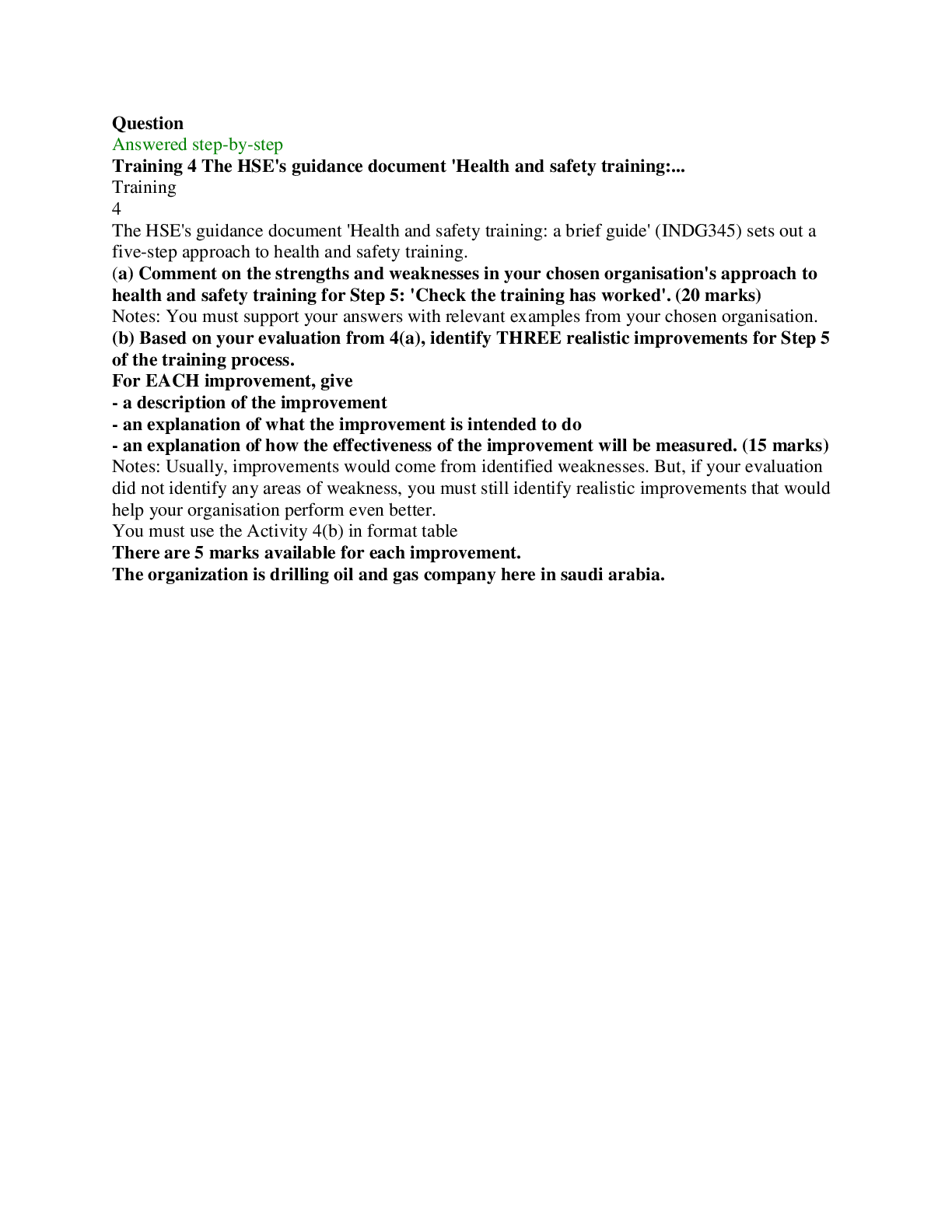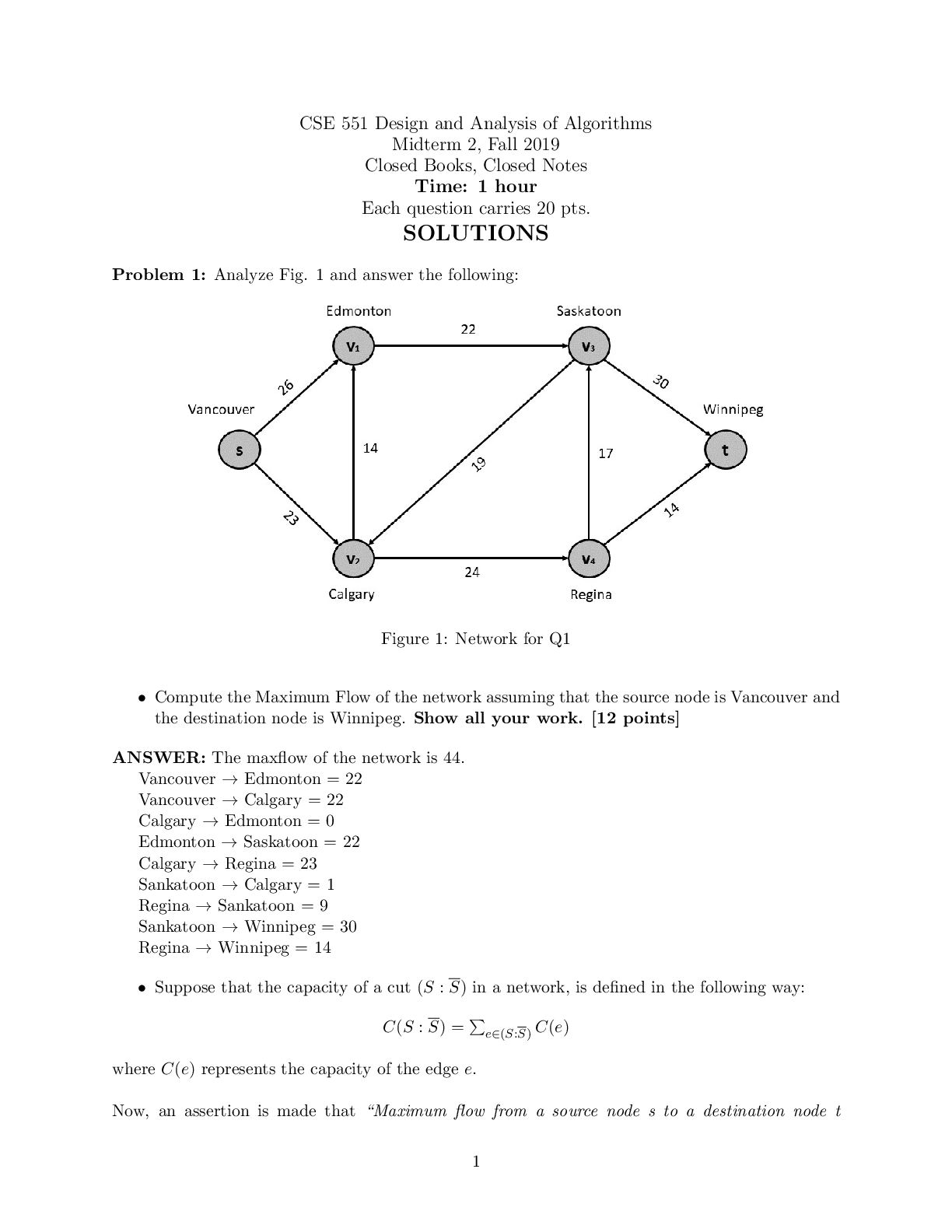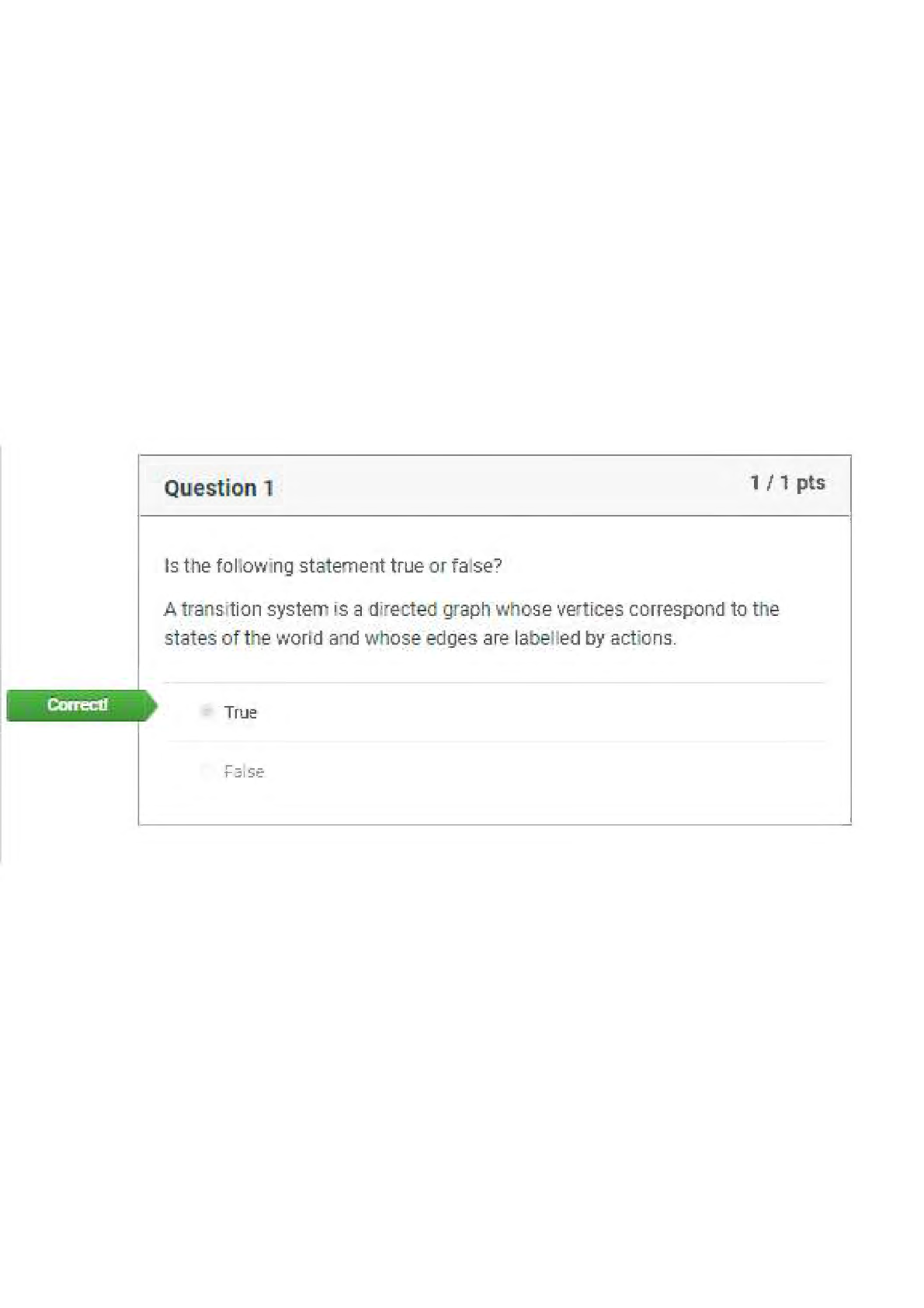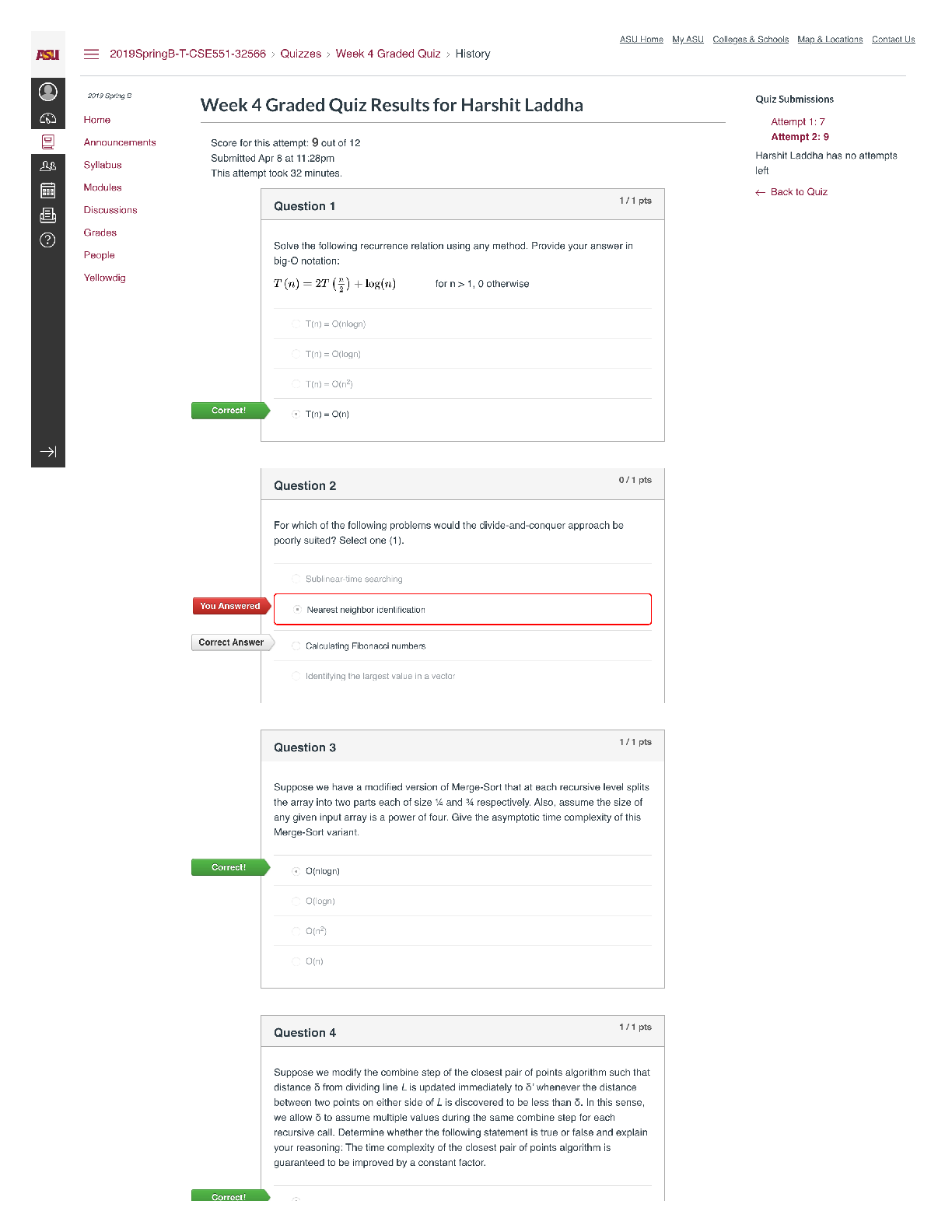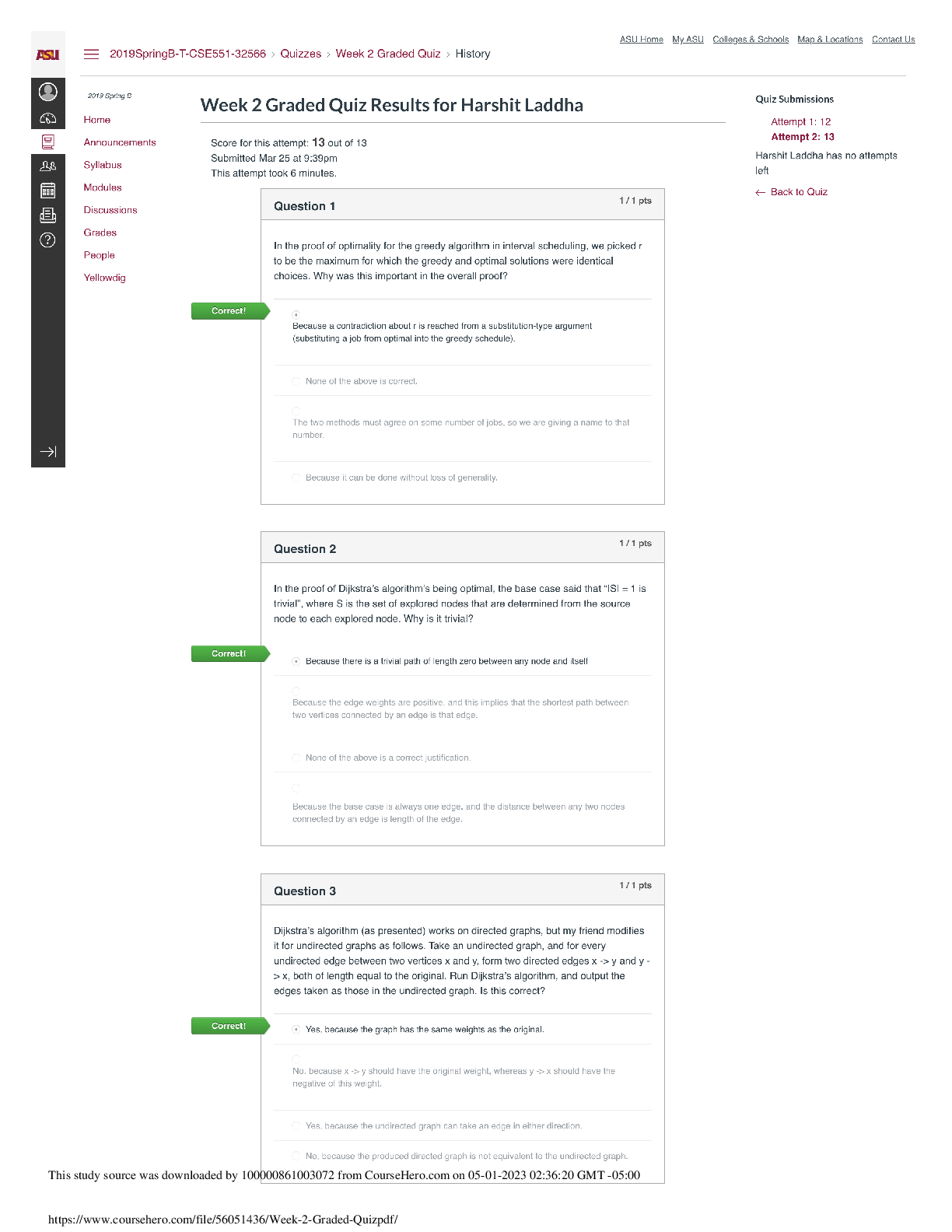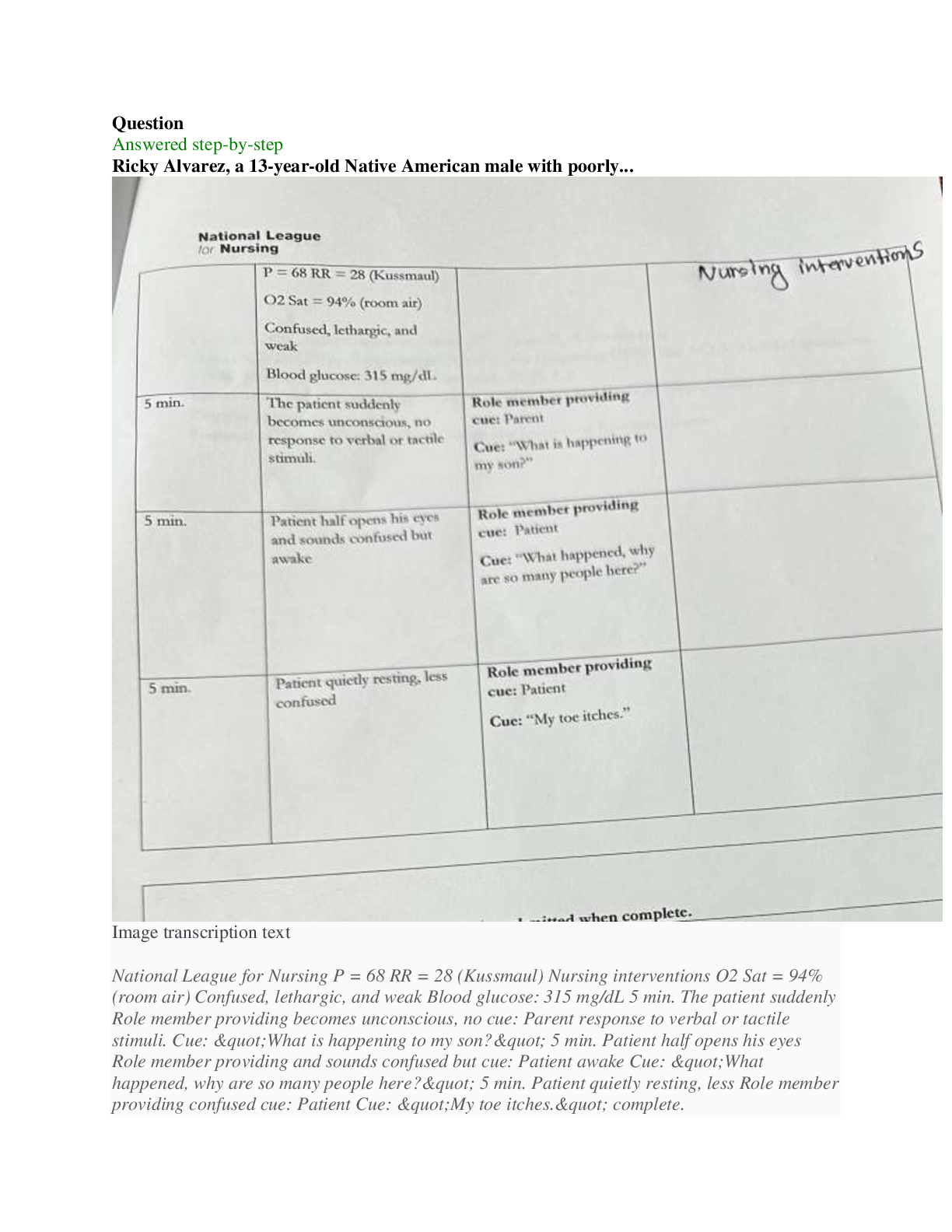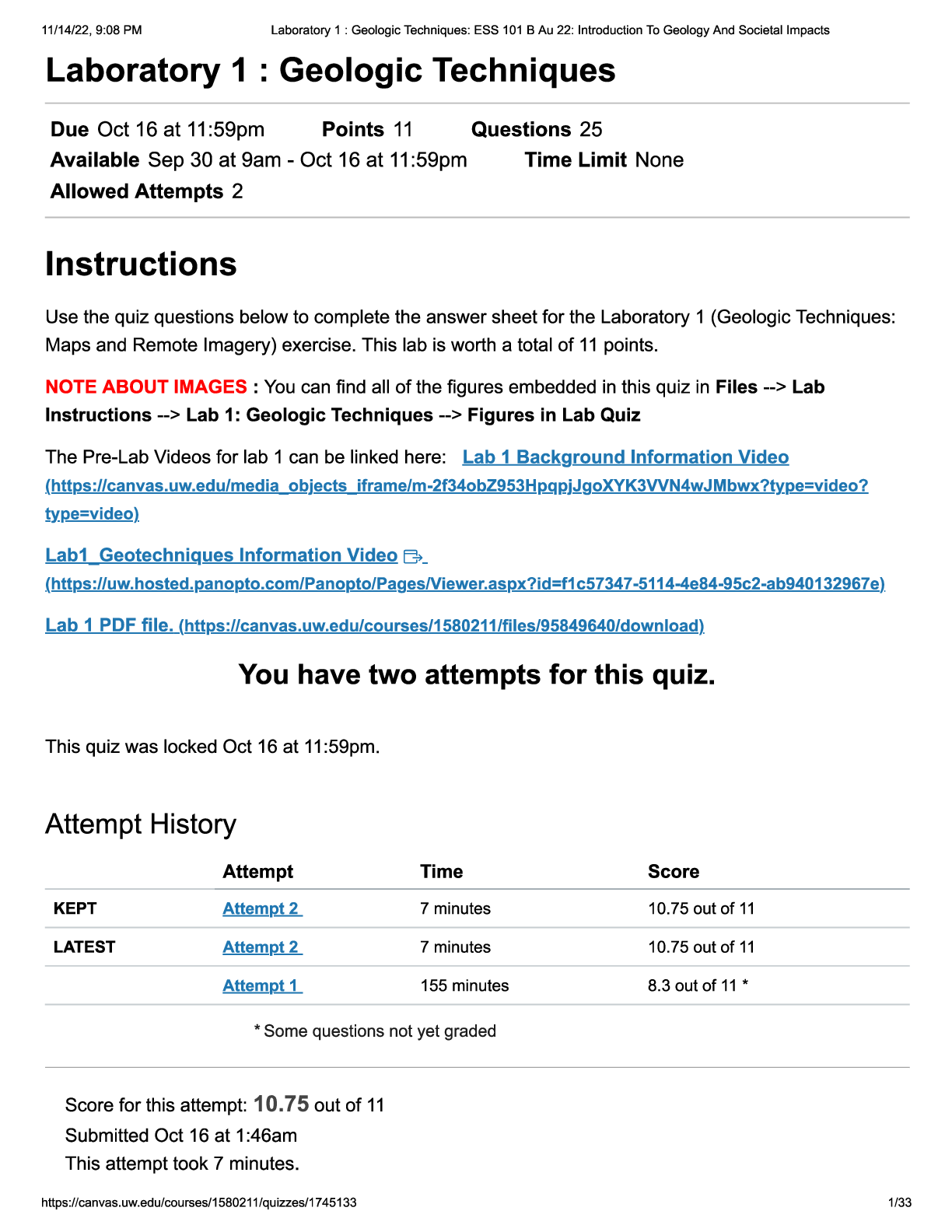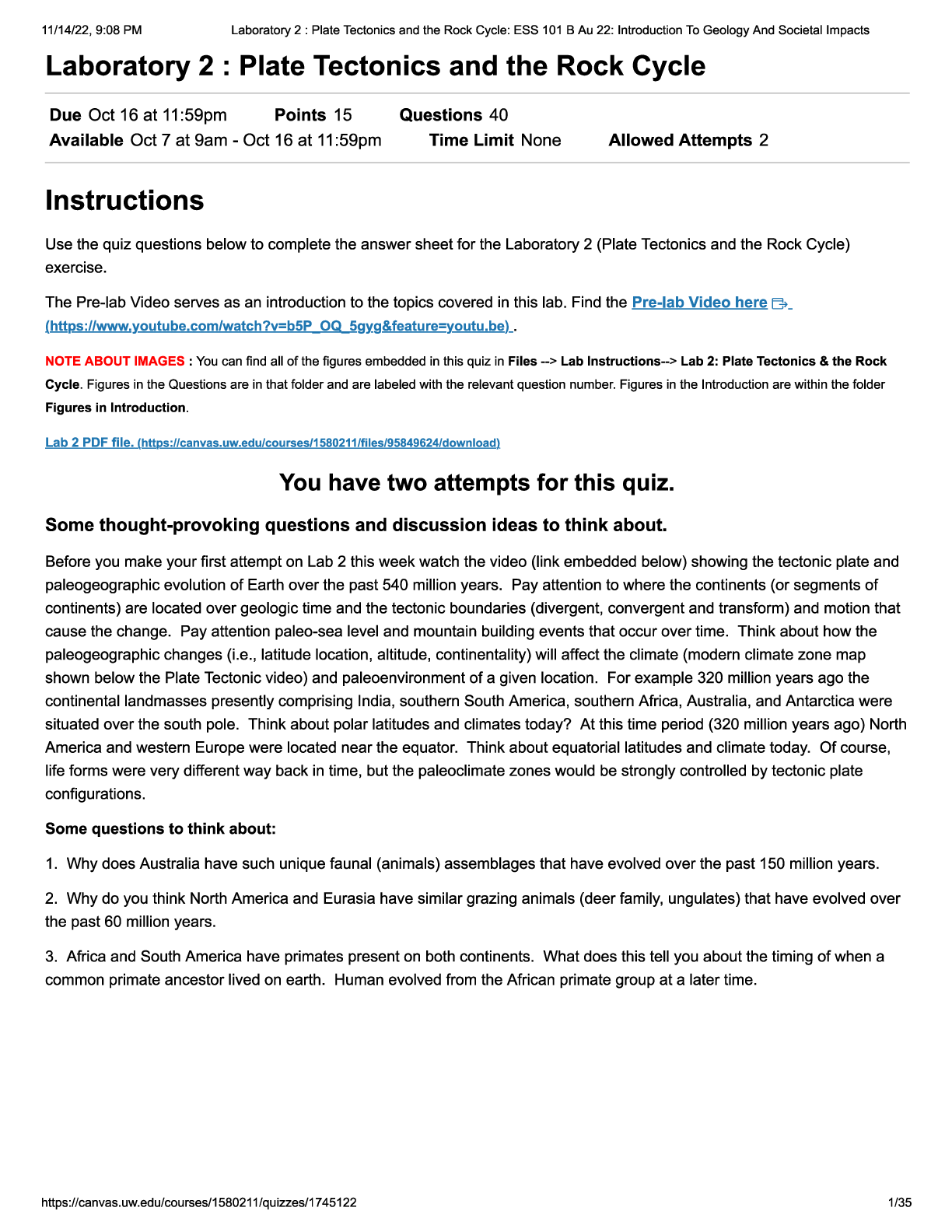Electrical Engineering > QUESTIONS & ANSWERS > ECE 482 Electrical Drive Systems Topic: DC Drives – Rectifier controlled -Assignment_4-Questions A (All)
ECE 482 Electrical Drive Systems Topic: DC Drives – Rectifier controlled -Assignment_4-Questions And Worked Solutions
Document Content and Description Below
ECE 482 Electrical Drive Systems Topic: DC Drives – Rectifier controlled Q1 (i) Firing angle for rated torque and 750 rpm A 200 V, 875 rpm, 150 A separately excited dc motor has an armature r... esistance of 0.06 Ω. It is fed from a single phase fully controlled rectifier with an ac voltage source of 220 V, 50 Hz. Assuming continuous conduction, calculate: (ii) Firing angle for rated torque and (-500) rpm (iii) Motor speed for α = 160˚ and rated torque Q2 A 220 V, 1500 rpm, 10 A separately excited dc motor is fed from a single phase fully controlled rectifier with an ac voltage source of 230 V, 50 Hz. Armature resistance = 2 Ω. Assuming continuous conduction, calculate: (i) Firing angle for rated torque and 500 rpm (ii) Firing angle for rated torque and (-1000) rpm Q3 220 V, 1200 rpm, 15 A separately excited dc motor has armature resistance and inductance of 1.8 Ω and 32 mH respectively. The motor is fed from a single phase fully controlled rectifier with an ac voltage source of 230 V, 50 Hz. Assuming continuous conduction, calculate: Speed for α = 45˚ and torque = 40 Nm Q4 Flux as a percent of its rated value when the motor speed is 750 rpm A 220 V, 600 rpm, 500 A separately excited dc motor has an armature resistance of 0.02 Ω and field resistance of 10 Ω. The load torque is given by the expression: TL = 2000-2N (Nm). Calculate Q5 Flux as a percent of its rated value when the motor speed is 1500 rpm A 220 V, 750 rpm, 200 A separately excited dc motor has an armature resistance of 0.05 Ω. The load torque is given by the expression: TL = 500-0.25N (Nm). Calculate Q6 18 A 220 V, 750 rpm, 200 A separately excited dc motor has an armature resistance of 0.05 Ω. The field winding is also rated for 220 V and has field resistance of 20 Ω. The load torque is given by the expression: TL = 500-0.2N (Nm). Speeds below rated value are obtained by armature voltage control with full field and speeds above rated are obtained by field control at rated armature voltage. Armature is supplied from a single phase Thyristor based full bridge rectifier from a supply of 250 V, 50 Hz. Field coil of the motor is also fed from a single phase Thyristor based full bridge rectifier from a 250 V, 50 Hz supply. If the drive operates under continuous conduction mode, calculate the firing delay angle when drive operates at (i) 600 rpm and (ii) 1200 rpm Q7 A 220 V, 1500 rpm, 10 A separately excited DC motor has an armature resistance of 10 Ω. It is fed from a single phase fully controlled bridge rectifier with an AC source voltage of 230 V, 50 Hz. Assuming continuous conduction, compute (i) The motor speed at firing angle of 30˚ and torque of 5 Nm. (ii) Developed torque at firing delay angle of 45˚ and speed of 1000 rpm. Q8 A 220 V, 1000 rpm, 10 A separately excited DC motor has an armature resistance of 1 Ω. Both the armature and the field windings are fed from single phase fully [Show More]
Last updated: 2 years ago
Preview 1 out of 29 pages
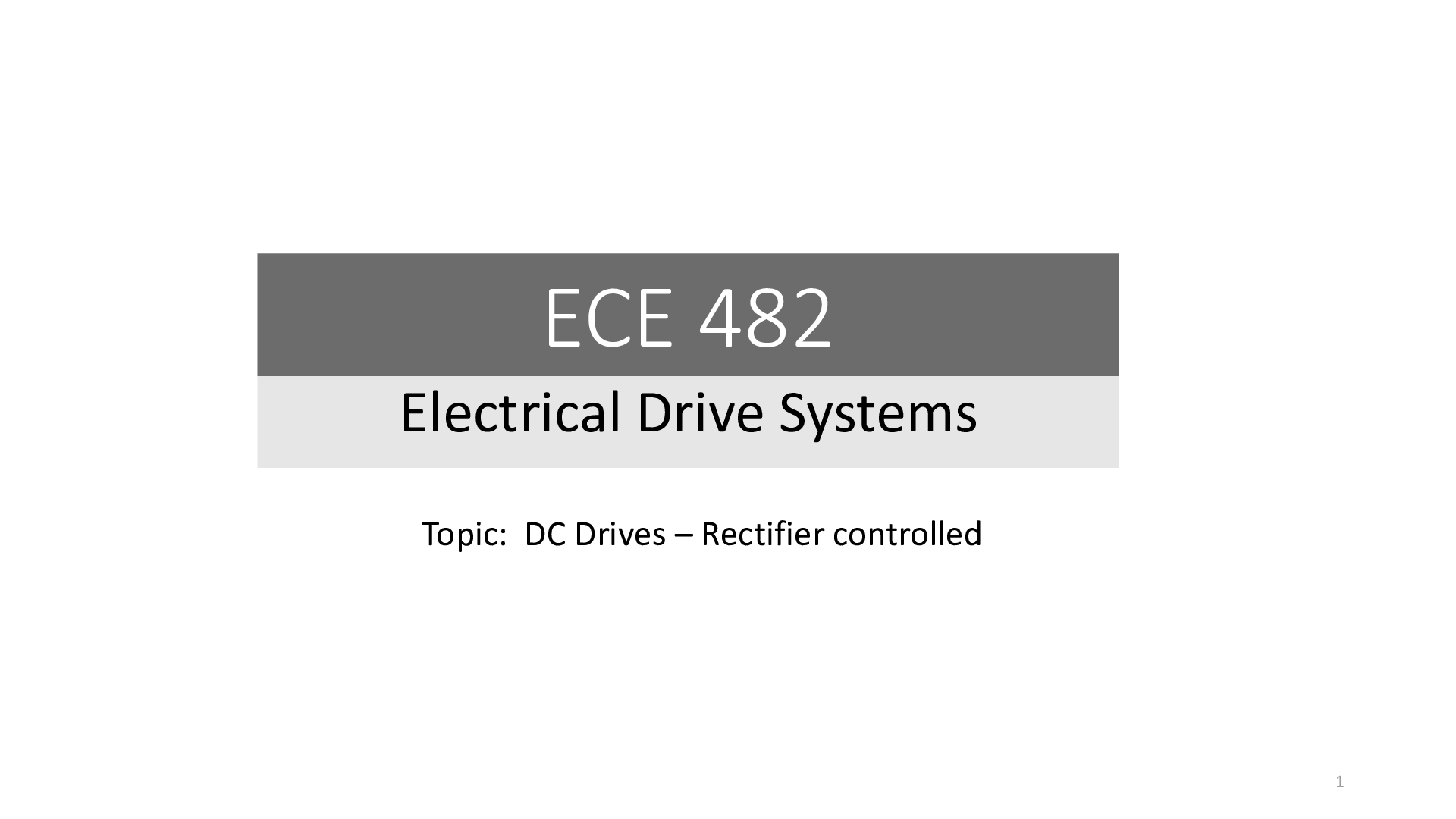
Buy this document to get the full access instantly
Instant Download Access after purchase
Buy NowInstant download
We Accept:

Reviews( 0 )
$10.50
Can't find what you want? Try our AI powered Search
Document information
Connected school, study & course
About the document
Uploaded On
Apr 13, 2023
Number of pages
29
Written in
Additional information
This document has been written for:
Uploaded
Apr 13, 2023
Downloads
0
Views
78

